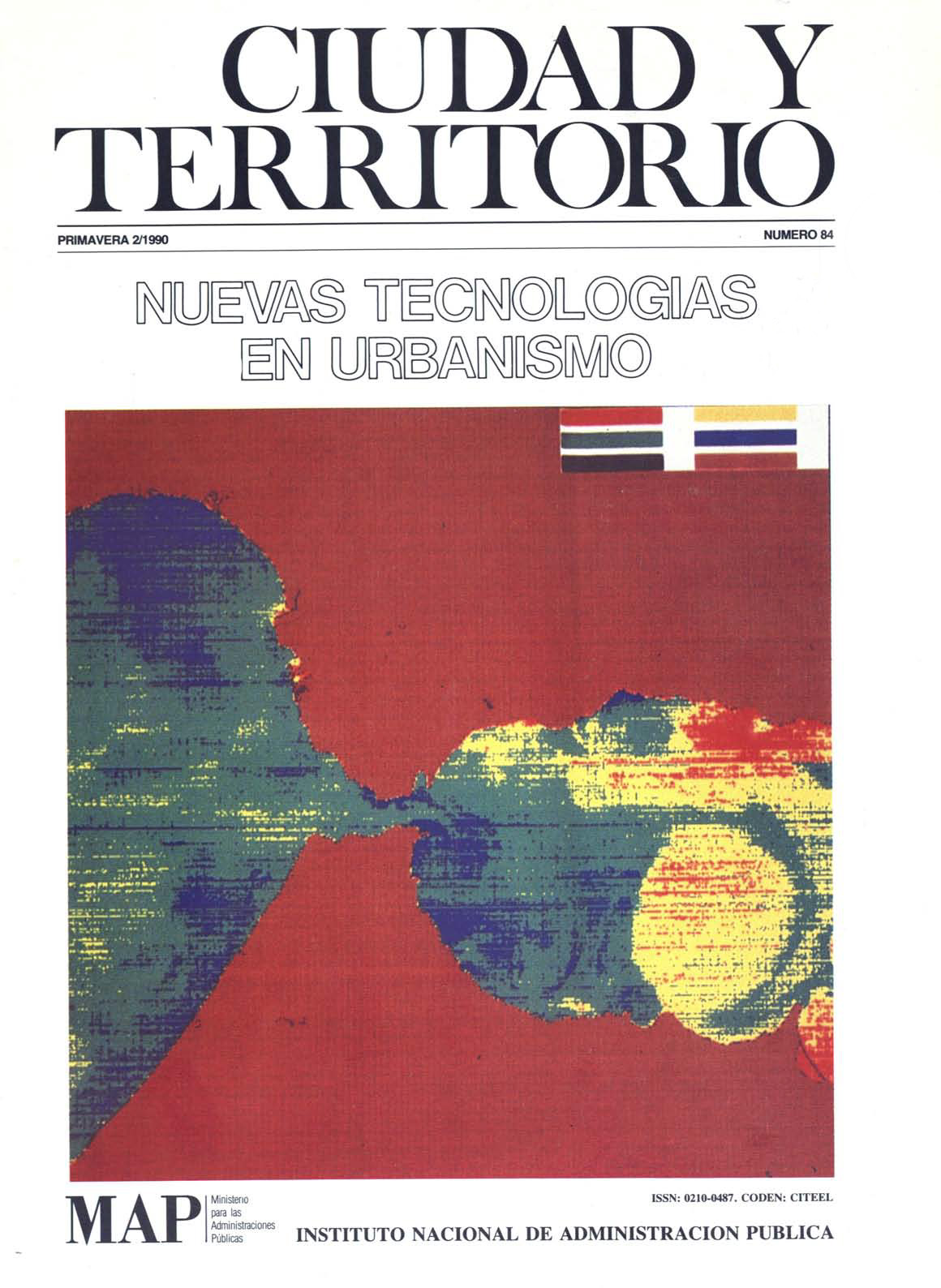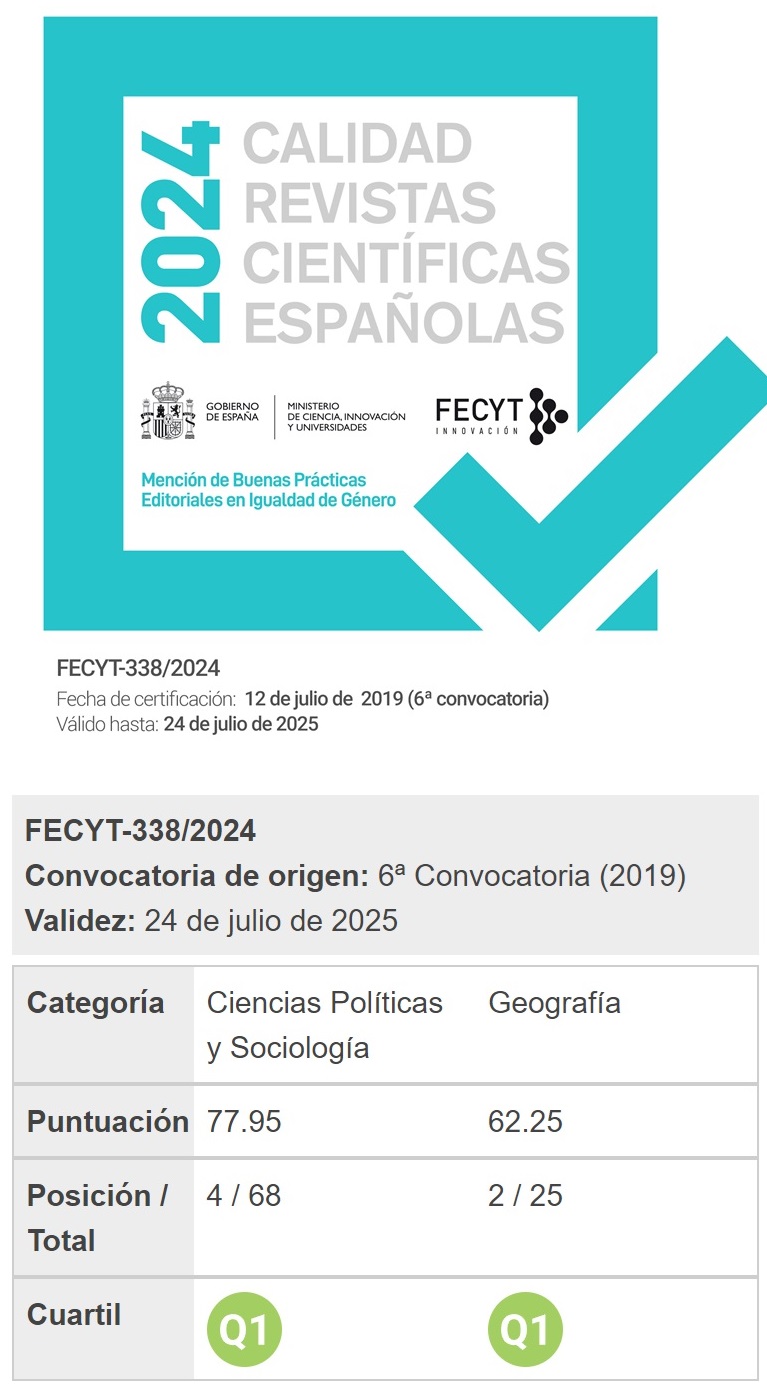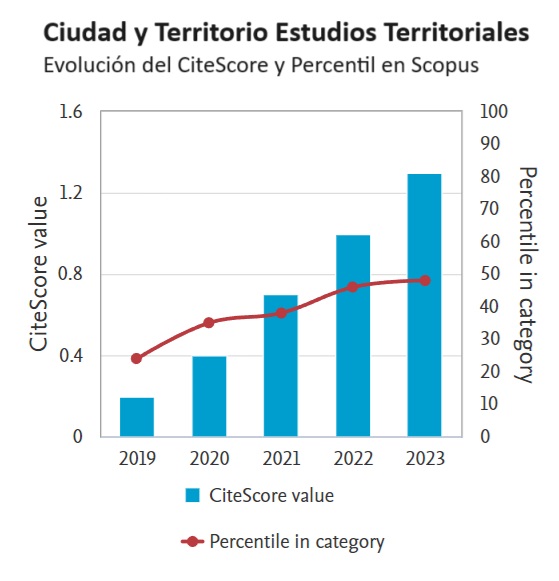El diseño urbano asistido por ordenador
Resumen
La Imagen de Síntesis, considerado hasta ahora común instrumento moderno y sofisticado se transforma en una clave de participación y consulta pública al coincidir su aparición en el planeamiento urbano con la descentralización administrativa de estos últimos años. Produciéndose, por tanto, una coincidencia entre la demanda social y el desarrollo tecnológico que posibilita un mecanismo de respuesta. Una vez más será la unión de distintas técnicas, en este caso, la electrónica y la informática, lo que permitirá la aparición de la Imagen de Síntesis. Con estos planteamientos, los autores explican los elementos de las técnicas CAD y CAO y su irrupción tardía en el campo de Ia Arquitectura y del Urbanismo. Estas nuevas técnicas ofrecen la posibilidad de satisfacer una necesidad secular de los arquitectos como es la de medir a partir de cuatro imágenes, ya que en definitiva se trata de eso según los autores: evaluar, sopesar y medir la situación del proyecto de arquitectura en toda su complejidad. Una imagen de síntesis, por tanto, no es únicamente una imagen. Es también un modelo. Detrás de la evidencia de lo visible se esconden alogaritmos, cálculos, leyes, estructuras... El ejemplo del barrio de la Basílica del municipio de Argenteuil sirve como ejemplo de la reflexión expuesta en el texto.
Descargas
Descargas
Publicado
Cómo citar
Número
Sección
Licencia
Derechos de autor 1990 Annie Forgia, Rémy Viard

Esta obra está bajo una licencia internacional Creative Commons Atribución-NoComercial-SinDerivadas 4.0.
Sin perjuicio de lo dispuesto en la legislación vigente sobre Propiedad Intelectual, y conforme a la misma, el/la los/las autor/a/es/as que publiquen en CyTET cede/n a título gratuito, de modo no exclusivo y sin límite temporal al Ministerio de Transportes, Movilidad y Agenda Urbana los derechos para difundir, reproducir, comunicar y distribuir en cualquier formato actual o futuro, en papel o electrónico, la versión original o derivada de su obra bajo licencia de Creative Commons Reconocimiento-NoComercial-SinObraDerivada 4.0 Internacional (CC BY-NC-ND 4.0), así como para incluir o ceder a terceros la inclusión de su contenido en índices, repositorios y bases de datos nacionales e internacionales, con referencia y reconocimiento en todo caso de la autoría del mismo.
Además, al realizar el envío, el/la los/las autor/a/es/as declara/n que se trata de un trabajo original en el que se reconocen las fuentes que han sido utilizadas en su estudio, comprometiéndose a respetar la evidencia científica y a no modificar los datos originales para verificar o refutar una hipótesis de partida; que el contenido esencial del mismo no ha sido publicado previamente ni se publicará en ninguna otra obra o revista mientras esté en proceso de evaluación en la revista CyTET; y que no se ha remitido simultáneamente a otra publicación.
Los autores deben firmar un Formulario de Cesión de Derechos, que les será enviado desde la Secretaría de CyTET una vez se acepte su artículo para ser publicado.
Con el objetivo de favorecer la difusión del conocimiento, CyTET se adhiere al movimiento de revistas de Open Access (OA) y entrega la totalidad de sus contenidos a diversos índices, repositorios y bases de datos nacionales e internacionales bajo este protocolo; por tanto, la remisión de un trabajo para ser publicado en la revista presupone la aceptación explícita por parte del autor/a de este método de distribución.
Se anima a las/os autoras/es a reproducir y alojar sus trabajos publicados en CyTET en repositorios institucionales, páginas web, etc. con la intención de contribuir a la mejora de la transferencia del conocimiento y de la citación de dichos trabajos.








 Enlace a CyTET en Linkedin
Enlace a CyTET en Linkedin